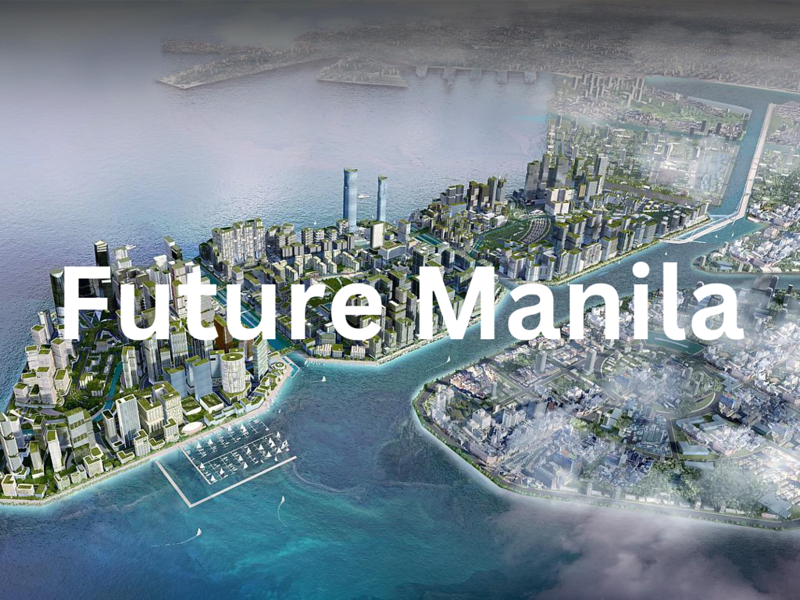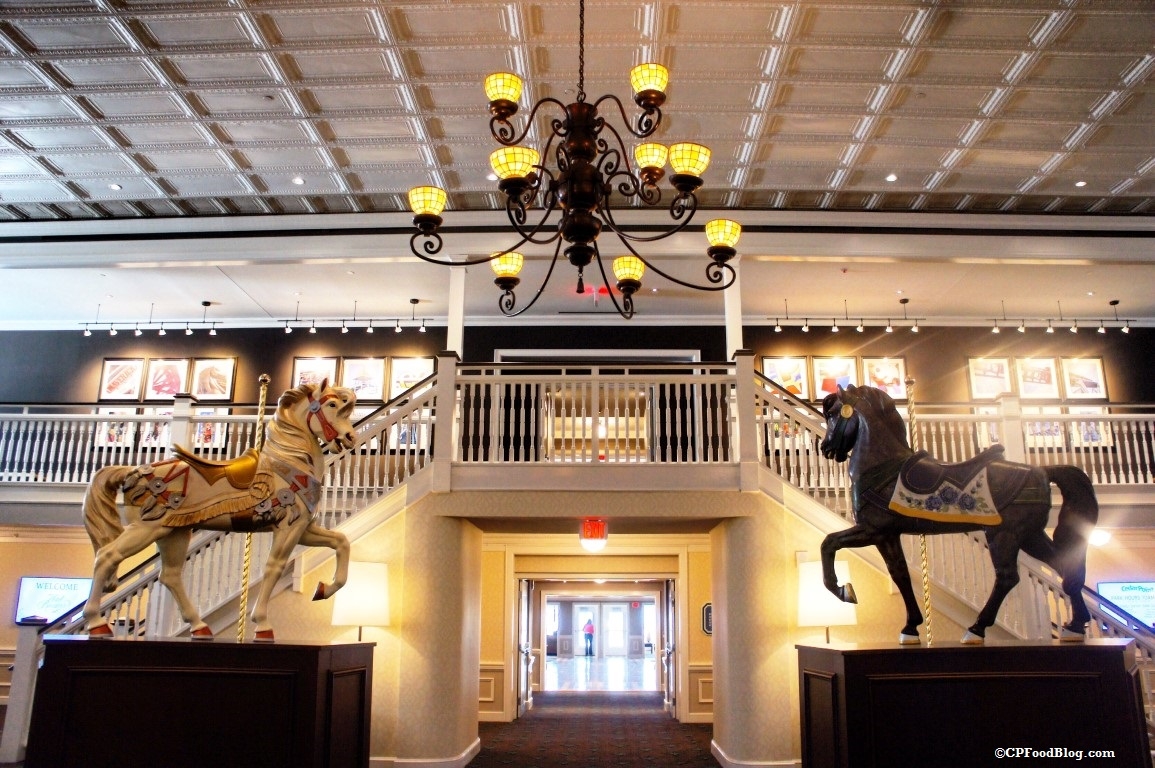The Future Of Manila Bay: A Sustainability Assessment

Table of Contents
Current Environmental Challenges Facing Manila Bay
Manila Bay's environmental health is severely compromised by a multitude of factors impacting its sustainability. These challenges demand immediate and sustained intervention for any meaningful recovery.
Pollution and Water Quality
The bay suffers from severe pollution, primarily from industrial waste, untreated sewage, and agricultural runoff. This cocktail of pollutants drastically reduces water quality, threatening both marine life and human health.
- Industrial Waste: Numerous factories discharge untreated or inadequately treated wastewater, containing heavy metals, chemicals, and other toxins, directly into the bay.
- Untreated Sewage: A significant portion of Manila's population lacks access to proper sanitation, leading to massive amounts of untreated sewage flowing into the bay, significantly increasing fecal coliform counts.
- Agricultural Runoff: Fertilizers and pesticides from agricultural lands in the bay's watershed contaminate the water, causing eutrophication (excessive nutrient enrichment) and harmful algal blooms.
Statistics reveal alarmingly high levels of fecal coliform bacteria, far exceeding safe limits for recreational activities. Dissolved oxygen levels are frequently depleted, creating hypoxic zones unsuitable for most marine life. The Department of Environment and Natural Resources (DENR) and the Metropolitan Manila Development Authority (MMDA) are the primary government agencies responsible for pollution control, but enforcement remains a significant challenge.
Coastal Erosion and Habitat Loss
Coastal erosion, fueled by rising sea levels and unsustainable development, is causing significant habitat loss. The destruction of vital ecosystems undermines the bay's biodiversity and resilience.
- Mangrove Forests: Extensive mangrove forests, crucial for coastal protection and biodiversity, have been cleared for development, aquaculture, and fuelwood.
- Seagrass Beds: Seagrass beds, important nurseries for many fish species, are also degraded due to pollution and sedimentation.
- Coral Reefs: Coral reefs, vital for marine biodiversity and tourism, are damaged by pollution, destructive fishing practices, and climate change.
The loss of these habitats leads to decreased fish populations, increased vulnerability to storms, and reduced coastal protection. Implementing effective coastal protection measures, such as mangrove reforestation and the construction of sustainable seawalls, is crucial for Manila Bay sustainability.
Overfishing and Unsustainable Fishing Practices
Overfishing and the use of destructive fishing methods are depleting fish stocks and damaging marine habitats, threatening the livelihoods of many fishing communities and the long-term health of the bay.
- Dynamite Fishing: The use of explosives to catch fish destroys coral reefs and other habitats.
- Cyanide Fishing: Cyanide poisoning kills coral reefs and other marine life.
- Illegal, Unreported, and Unregulated (IUU) Fishing: IUU fishing undermines efforts to manage fish stocks sustainably.
Community-based fisheries management, coupled with stricter enforcement of government regulations, is essential for promoting sustainable fishing practices. Sustainable fisheries management is key to Manila Bay’s long-term ecological balance.
Ongoing and Future Sustainability Initiatives in Manila Bay
Various initiatives are underway to address the environmental challenges facing Manila Bay and pave the way for a sustainable future.
Government-led Rehabilitation Efforts
The Philippine government has launched numerous initiatives to rehabilitate Manila Bay, including massive cleanup drives, dredging projects, and stricter environmental regulations.
- Cleanup Drives: Large-scale cleanup operations have removed tons of garbage and debris from the bay.
- Dredging Projects: Dredging projects aim to deepen the navigation channels and improve water circulation.
- Enhanced Environmental Regulations: New regulations aim to reduce pollution from industrial and domestic sources.
While these initiatives have shown some positive results, challenges remain, including securing adequate funding, enforcing regulations effectively, and addressing the root causes of pollution.
Community Engagement and Participation
Community participation is crucial for the success of Manila Bay rehabilitation efforts. Empowering local communities to take ownership of their environment is vital.
- Coastal Cleanup Programs: Local communities organize regular coastal cleanup drives.
- Mangrove Planting Initiatives: Community groups actively participate in mangrove reforestation projects.
- Environmental Education Programs: Raising awareness among local communities about the importance of protecting Manila Bay.
Community involvement ensures the long-term success of sustainability efforts and strengthens the sense of stewardship towards the bay.
Sustainable Tourism Development
Sustainable tourism can contribute significantly to Manila Bay's economic recovery while protecting its environment. Promoting responsible tourism is essential.
- Eco-tourism Initiatives: Developing eco-tourism projects that minimize environmental impact and benefit local communities.
- Responsible Tourism Practices: Educating tourists about the importance of protecting the bay's environment.
- Waste Management Programs: Implementing effective waste management systems in tourist areas.
Predicting the Future of Manila Bay Sustainability: A Multifaceted Approach
The future of Manila Bay sustainability depends on a multifaceted approach integrating various strategies and technological advancements.
Potential future scenarios range from continued degradation to significant recovery, depending on the effectiveness of current and future interventions. The implementation of Integrated Coastal Zone Management (ICZM) principles is crucial for coordinating various stakeholders and managing resources effectively. Technology plays a crucial role:
- Remote Sensing: Monitoring pollution levels and habitat changes.
- Water Quality Monitoring Systems: Real-time data on water quality parameters.
- Predictive Modeling: Forecasting the impact of different interventions.
Continued research and monitoring are vital for evaluating the success of different approaches and adapting strategies as needed.
Conclusion
The future of Manila Bay sustainability faces significant challenges, but also presents substantial opportunities. Addressing pollution, habitat loss, and overfishing requires collaborative efforts from the government, local communities, businesses, and tourists. The success of Manila Bay's rehabilitation relies on the consistent implementation of sustainable practices, community engagement, and responsible tourism initiatives. The future of Manila Bay’s sustainability rests on our collective actions. Let's work together to ensure the restoration and preservation of this invaluable natural resource. Learn more about how you can contribute to Manila Bay sustainability today!

Featured Posts
-
 Security Risks Deutsche Bank Contractor Allowed Unauthorized Access To Data Center
May 30, 2025
Security Risks Deutsche Bank Contractor Allowed Unauthorized Access To Data Center
May 30, 2025 -
 The Taco Trade Deal A Source Of Conflict For The Trump Presidency
May 30, 2025
The Taco Trade Deal A Source Of Conflict For The Trump Presidency
May 30, 2025 -
 Planning A San Diego County Beach Trip This Weekend
May 30, 2025
Planning A San Diego County Beach Trip This Weekend
May 30, 2025 -
 Novak Djokovics Union Files Lawsuits Against Tennis Governing Bodies
May 30, 2025
Novak Djokovics Union Files Lawsuits Against Tennis Governing Bodies
May 30, 2025 -
 Ilaiyaraajas London Symphony Triumph Rajinikanths Acknowledgement
May 30, 2025
Ilaiyaraajas London Symphony Triumph Rajinikanths Acknowledgement
May 30, 2025
Latest Posts
-
 Discounted Spring Hotel Stays Up To 30 Off Lavish Hotels
May 31, 2025
Discounted Spring Hotel Stays Up To 30 Off Lavish Hotels
May 31, 2025 -
 Exploring The Boundaries Of Ai Learning Towards Responsible Ai Development And Deployment
May 31, 2025
Exploring The Boundaries Of Ai Learning Towards Responsible Ai Development And Deployment
May 31, 2025 -
 Responsible Ai Acknowledging The Limits Of Ai Learning Capabilities
May 31, 2025
Responsible Ai Acknowledging The Limits Of Ai Learning Capabilities
May 31, 2025 -
 Exploring The Boundaries Of Ai Learning A Path To Responsible Ai
May 31, 2025
Exploring The Boundaries Of Ai Learning A Path To Responsible Ai
May 31, 2025 -
 Up To 30 Off Your Luxurious Spring Hotel Awaits
May 31, 2025
Up To 30 Off Your Luxurious Spring Hotel Awaits
May 31, 2025
